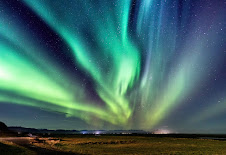Natural Archeology: The Persian Plateau as the Center of Early Human Settlements

The Persian Plateau is a vast and diverse region that has been home to humans for tens of thousands of years. In recent years, archaeologists have made a number of important discoveries in the region, shedding new light on the earliest human settlements. One of the most important archaeological sites on the Persian Plateau is the Zagros Mountains. There are many caves and rocks in this region that have been inhabited since the Paleolithic era. In these caves, archaeologists have found evidence of early human occupation, including stone tools, animal bones, and human remains. Another important archaeological site on the Persian Plateau is Chatalhoyuk. This place is located on the territory of modern Turkey and was inhabited from about 7500 to 5700 BC. Çatalhoyuk was a large and prosperous settlement with a population of up to 10,000 people. The place is known for its well-preserved mud brick houses that have been decorated with intricate wall paintings and sculptures. Archaeological dis...
.jpeg)

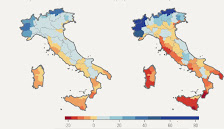

.jpeg)



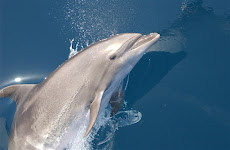

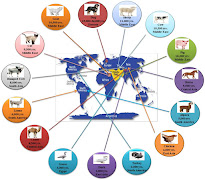
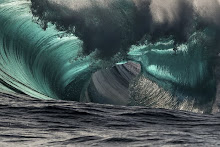

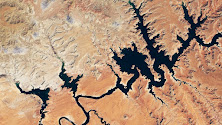
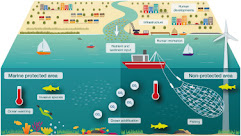
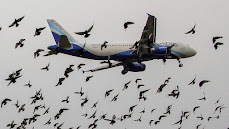

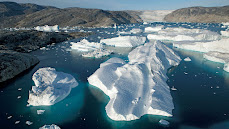



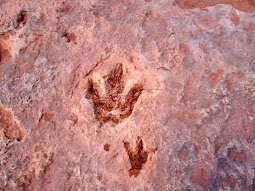
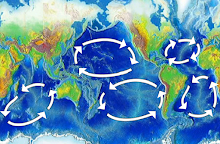
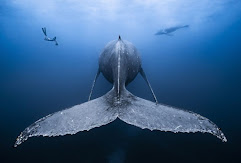

.jpeg)


